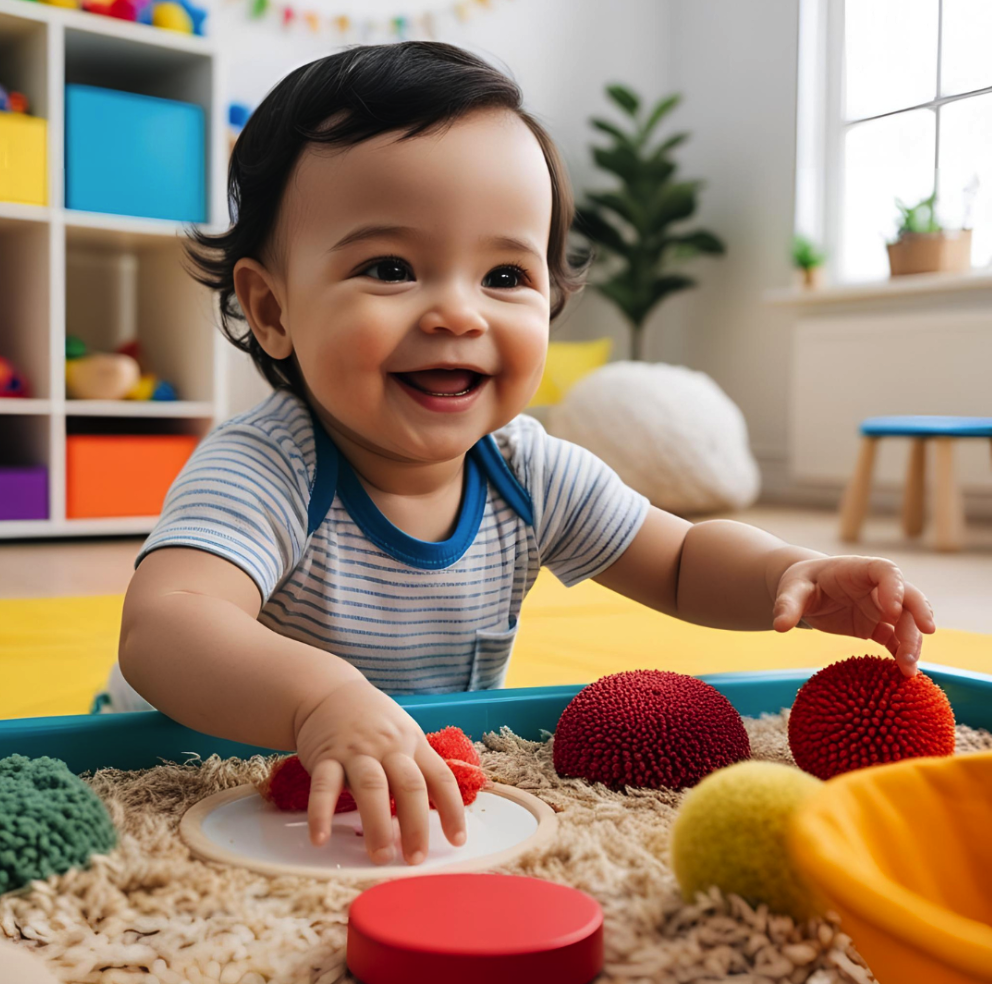The Role of Sensory Play in Early Childhood Development
The Role of Sensory Play in Early Childhood Development
At STEM Child Care, we know that the early years are a critical time for brain development—and one of the most powerful ways to support that development is through sensory play. While it may look like simple fun, activities like squishing playdough, playing with water, or digging in the sandbox are doing much more than keeping little hands busy. Sensory play is laying the foundation for lifelong learning.
What Is Sensory Play?
Sensory play involves any activity that stimulates a child’s senses: touch, smell, taste, sight, and hearing. It also includes movement and balance. From feeling different textures to exploring sounds and smells, these experiences help children make sense of the world around them.
Why Is Sensory Play Important?
1. Boosts Brain Development
When children engage in sensory play, they’re building nerve connections in the brain’s pathways. These connections support higher-level thinking skills, language development, and memory. Sensory-rich activities literally help “wire” the brain for learning.
2. Supports Fine and Gross Motor Skills
Scooping, pouring, pinching, and squeezing all build essential motor skills. These movements strengthen the small muscles in the hands and fingers—skills needed for writing, buttoning, and self-care tasks later on.
3. Encourages Language and Communication
As children explore sensory materials, they naturally describe what they see, feel, and do. This leads to expanded vocabulary and early language development. At STEM Child Care, our teachers model descriptive language and ask open-ended questions during sensory activities to promote rich conversations.
4. Fosters Social and Emotional Growth
Sensory play often involves collaboration—sharing space, tools, or ideas. It can also be calming for children, helping them self-regulate and express emotions. Activities like kinetic sand or water play can reduce anxiety and help children feel more grounded.
5. Builds Curiosity and Problem-Solving
Sensory play encourages experimentation and exploration. Whether your child is testing how fast a toy sinks in water or discovering how colors mix in shaving cream, they’re developing critical thinking and early science skills.
How We Use Sensory Play at STEM Child Care
At STEM Child Care, sensory experiences are woven into our daily curriculum. We offer hands-on materials like sand, water, playdough, and sensory bins filled with rotating textures. Our preschoolers also enjoy nature-based sensory play in our outdoor classroom, from mud kitchens to scavenger hunts.
We take a thoughtful approach to sensory activities—providing a variety of materials, setting learning goals, and creating opportunities for children to lead the play. This balance between structure and open-ended exploration is what makes sensory play so effective.
Incorporating Sensory Play at Home
You can support your child’s development at home with simple sensory play activities. Try rice bins, water tables, finger painting, or even cooking together. The key is to let your child explore and describe what they’re experiencing.
At STEM Child Care, we’re committed to nurturing your child’s growth through meaningful, playful learning. Want to learn more about our sensory-rich curriculum? Contact us to schedule a tour! 303-927-7408




